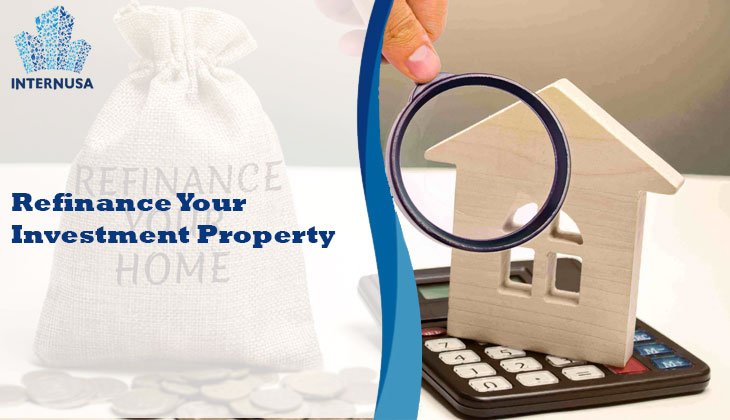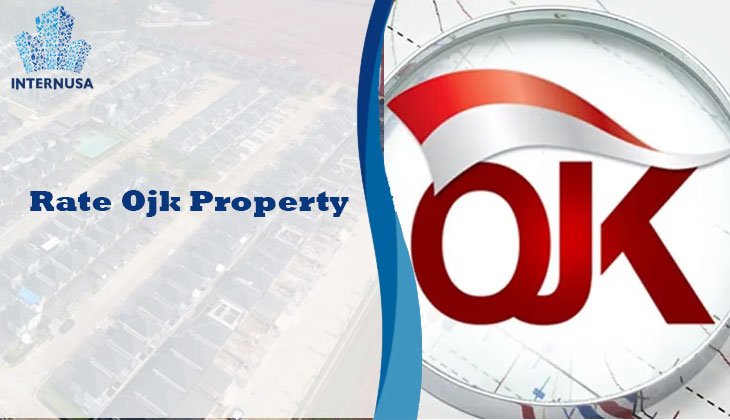Refinancing Your Investment Property: A Smart Move to Boost ROI
What Does It Mean to Refinance an Investment Property?
Refinancing an investment property means replacing your current mortgage with a new one, typically with better terms. While refinancing is common among homeowners, property investors also take this route to improve financial performance or expand their portfolio.
The main difference between refinancing an investment property and a primary residence lies in the stricter requirements. Since investment properties carry a higher risk of default, lenders tend to impose tougher qualifications. However, if done correctly, refinancing can be an excellent way to improve your cash flow, reduce expenses, and unlock equity.
Common Reasons for Refinancing
There are several strategic reasons to refinance your investment property. One of the most popular is to secure a lower interest rate. If rates have dropped since you first took out your mortgage, refinancing can help you save money over time.
Another reason is to switch from a variable-rate loan to a fixed-rate mortgage. This gives you more predictable payments and can protect you from interest rate hikes. Investors also refinance to shorten or lengthen their loan terms, depending on their goals. A shorter term allows you to pay off the mortgage faster and save on interest, while a longer term can reduce your monthly payments.
Cash-out refinancing is another powerful tool. This involves borrowing more than your current mortgage balance and taking the difference in cash. Many investors use this money for property renovations, paying off higher-interest debt, or purchasing additional investment properties.
The Right Time to Refinance
Timing plays a crucial role in whether refinancing is beneficial. Ideally, you should refinance when mortgage interest rates are lower than when you initially secured your loan. But that’s not the only consideration.
If your property has significantly appreciated in value, refinancing allows you to tap into that equity. This can provide a lump sum that can be reinvested into other real estate ventures. Additionally, if your credit score has improved or your debt-to-income ratio has decreased, you may now qualify for better loan terms than before.
Some investors also refinance after stabilizing their rental property. Once tenants are secured and income is consistent, lenders are more likely to approve favorable loan terms.
What Are the Benefits of Refinancing an Investment Property?
Refinancing can unlock several financial benefits. First, it often leads to lower monthly payments. This improves your cash flow, allowing you to better manage maintenance costs, vacancy periods, or other operational expenses.
Second, refinancing may reduce the total interest paid over the life of the loan—especially if you can secure a lower rate or shorten your loan term. Third, refinancing provides access to property equity. This can be used as capital for renovations, expanding your portfolio, or even as an emergency fund.
Lastly, it can improve your overall financial strategy. With better terms, you gain more control over your investments and are better positioned for long-term growth.
Key Requirements for Refinancing
Lenders impose more stringent requirements on investment properties than on owner-occupied homes. Generally, you’ll need a credit score of at least 660, although some lenders may require 700 or more.
Equity is another major factor. Most lenders require you to have at least 25% equity in the property to qualify for refinancing. That means your loan-to-value (LTV) ratio must be 75% or lower.
In addition, lenders will look at your debt-to-income (DTI) ratio to assess your financial health. They may require rental income documentation, bank statements, tax returns, and a recent appraisal of the property. Having strong documentation and a steady rental history will significantly improve your chances of approval.
The Refinancing Process Step-by-Step
The first step in refinancing is to assess your current mortgage and investment goals. Review your credit report, gather financial documents, and evaluate the current value of your property.
Once you’re ready, shop around and compare offers from multiple lenders. Pay attention to interest rates, fees, and loan terms. After choosing the best option, you’ll submit your application. The lender will then request documents such as your W-2s, property lease agreements, and income statements.
An appraisal of your property will be conducted to determine its current market value. If everything checks out and you’re approved, you’ll proceed to closing. At this stage, the new loan is used to pay off your existing mortgage, and any additional funds (in a cash-out refinance) are disbursed to you.
Types of Refinance Loans
There are generally two main refinancing options: rate-and-term refinance and cash-out refinance.
A rate-and-term refinance allows you to change your interest rate or loan duration without taking any equity out of the property. This is ideal for reducing payments or switching from a variable rate to a fixed rate.
On the other hand, a cash-out refinance lets you borrow more than your current mortgage balance and pocket the difference in cash. This strategy works well for funding renovations, consolidating debt, or buying new investment properties, though it often comes with slightly higher interest rates.
Risks and Considerations
While refinancing can be beneficial, it’s not without its drawbacks. Closing costs can be substantial—typically 2% to 5% of the loan amount. If you plan to sell the property soon, the cost of refinancing may outweigh the benefits.
Also, a longer loan term may mean paying more interest over time, even if your monthly payments are lower. If your rental income is unstable, refinancing could put added pressure on your finances.
In some cases, refinancing may also reset the amortization schedule, meaning you start over with mostly interest payments in the early years. Be sure to calculate the break-even point—the moment when your savings from refinancing exceed the costs incurred.
Alternative Conclusion: Is Refinancing the Right Strategy for You?
Deciding whether to refinance your investment property depends on your long-term goals, current mortgage terms, and market conditions. If done strategically, refinancing can boost your cash flow, reduce expenses, and help grow your portfolio.
However, it’s essential to run the numbers, compare offers, and understand the implications of starting a new loan. For some investors, refinancing may open up opportunities to scale up; for others, it might make sense to wait or explore alternative financing routes. Always consult a financial advisor or mortgage expert to ensure your decision aligns with your investment strategy.






